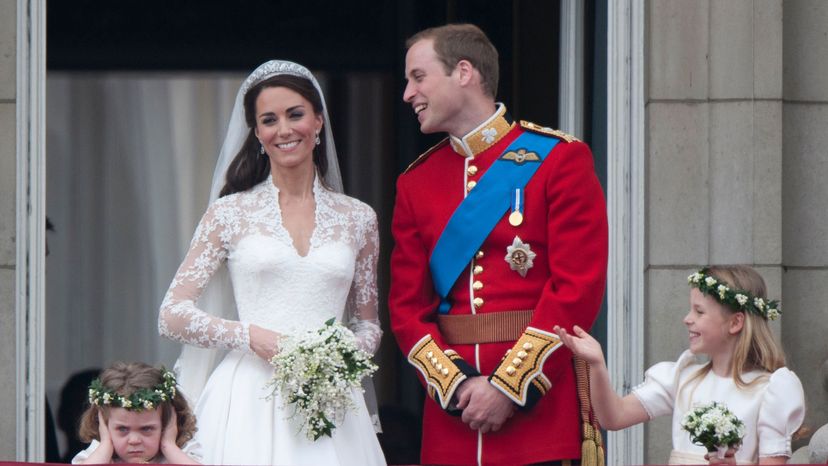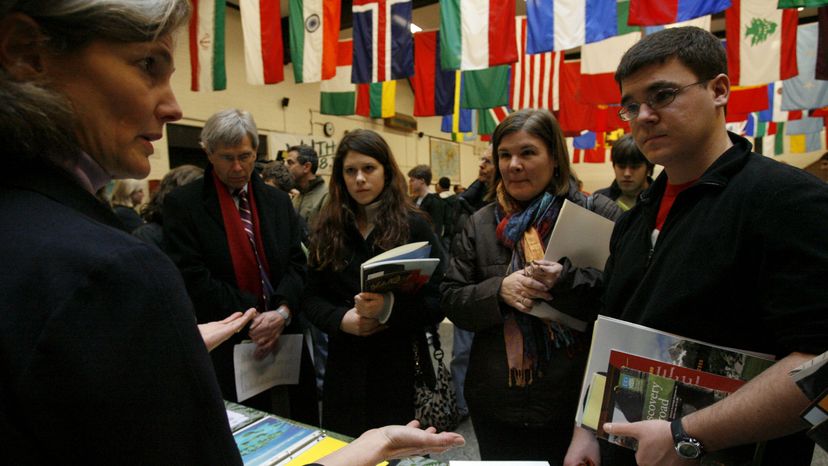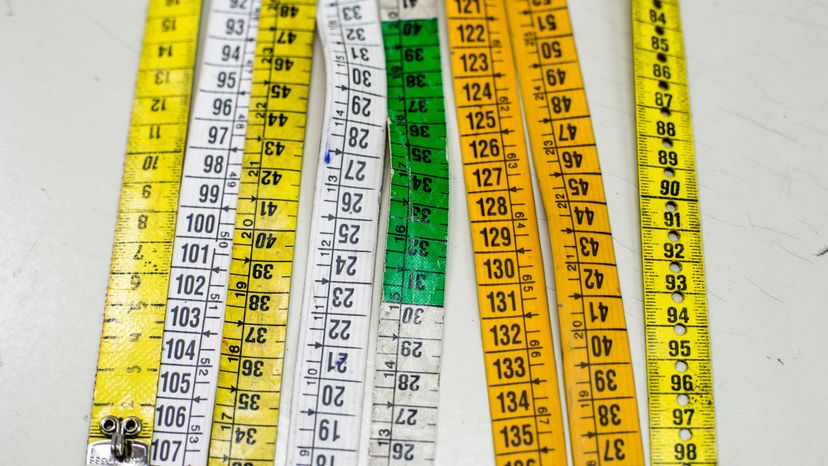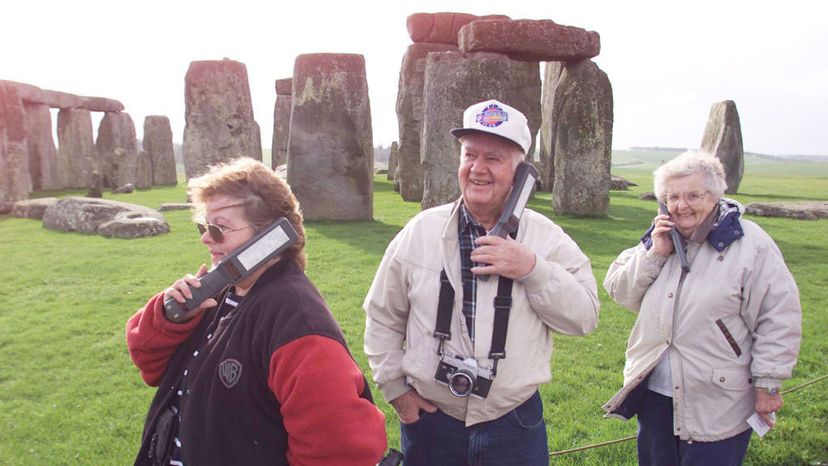
The grass can seem greener on the other side of the pond. Americans often covet the history, culture and food associated with Europe, whereas Europeans are wowed by the U.S.'s affordable housing, gas (petrol) prices and mega-stores. So fascinating are the differences that residents of both areas often crisscross the ocean for a taste of the other continent. In fact, 17 percent of U.S. overseas travel was to Europe in 2016, more than to any other destination by a long shot, with the Caribbean placing a distant second [source: International Trade Administration].
But along with the travel, there are characteristics on each side of the ocean that make visitors go "hmmm." We've put together a list of 10 ways that Europeans and Americans differ. That's not to say that every single American or every single European is going to fall neatly into every one of these categories. We're sure that not all Americans are obsessed with gaining a princess title and there are probably some Europeans out there who love an ice-laden beverage. But, for arguments sake, here are a few key, but entertaining, differences.
Advertisement









